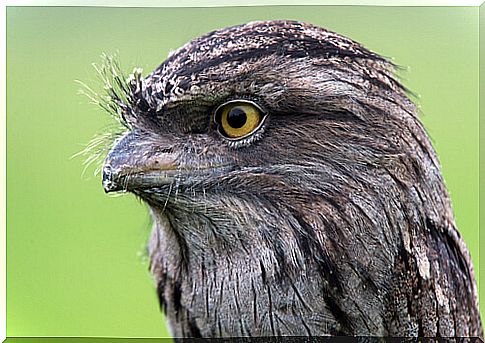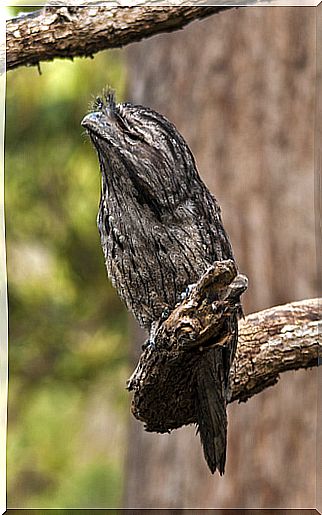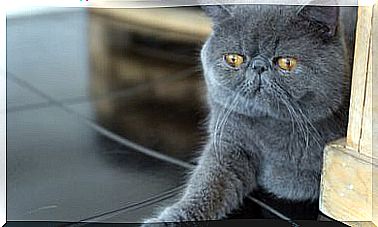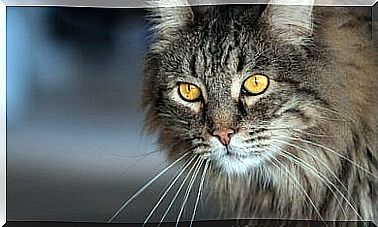Tawny Frogmouth: Everything You Need To Know

The tawny frogmouth may look like an owl at first glance, but it is an entirely different type of bird. They live throughout Australia and in all types of habitat. Its beak is designed to catch insects such as cicadas and beetles. It also feeds on small rodents or frogs occasionally.
Unlike the owl, the tawny frogmouth is a poor aviator. This species will quietly wait for its prey to approach, pounce on it and return to its position. It loves to perch on mature trees with thick, dark bark because they make them almost invisible.
Tawny frogmouth morphology
The general plumage of the tawny frogmouth is silvery gray, slightly paler underneath and mottled with black. There is also a second species with reddish plumage. The eye is yellow in both and the bill is olive gray to blackish.
Southeastern birds are larger than northern ones and can reach 40 to 50 centimeters in length. The tawny frogmouth is a night owl. During the day they perch on the branches and camouflage themselves as part of the tree; they usually communicate with a soft, deep and continuous sound. They also make a loud hiss when threatened.
This species has a wide and flat bill, unlike the owl, which is narrow and more hooked. The claws of the tawny frogmouth are weak and lack curved claws. In winter, their food supply will shrink so much that they will spend much of their days and nights in torpor.

They are left in torpor, a state similar to hibernation in which the heart rate and metabolism are significantly slowed to save energy. On colder days, especially fall and winter, they will choose a sunny spot on the north side of the tree, while in summer they usually choose a south-facing spot.
Reproduction and behavior
The tawny frogmouth has a regular breeding season, but birds in more arid areas can breed in response to heavy rains. This bird chooses a companion for life. The pair will generally lay two eggs together each year and take turns sitting on them and keeping them warm until they hatch.
The nest is a loose platform of sticks, which is usually placed on a horizontal forked tree branch. Sunset is one of the best times to observe them and, during the fall, it will be easier to spot them because they will be busy in the excessive ingestion of insects before they begin to hibernate.
During the day, their wonderfully designed feathers blend into the tree’s bark, making them very difficult to spot. The feathers of the tawny frogmouth are not its only unusual feature; their large and wide beak gives them the name of ‘ frogmouth ‘ or frog mouth.

These birds love to catch unsuspecting insects in the air at night. They also eat slugs and snails, and even small mammals like mice. It is a great animal to have in your backyard because, while you sleep, they are busy keeping the number of pesky critters in your yard at bay.
Masters of camouflage
To avoid detection during the day, they sit upright, completely immobile on tree branches, with their heads tilted upward and their eyes closed at the slits. In this pose the birds look like broken branches.
If the Frogmouth feels scared, it will raise its head in the air and close its eyes. To anyone who sees it, it will look like the trunk of a tree branch. With their eyes closed, they hope that what scares them can’t see them and then disappears.
If a frog’s mouth is disturbed, it can take a menacing posture : fluffing its feathers, displaying its wide orange eyes, and opening its beak wide to reveal its yellow throat, hoping to appear intimidating.
Although known as the bird with one of the deadliest looks in Australia, the tawny frogmouth is one of the most beloved species on that continent.








